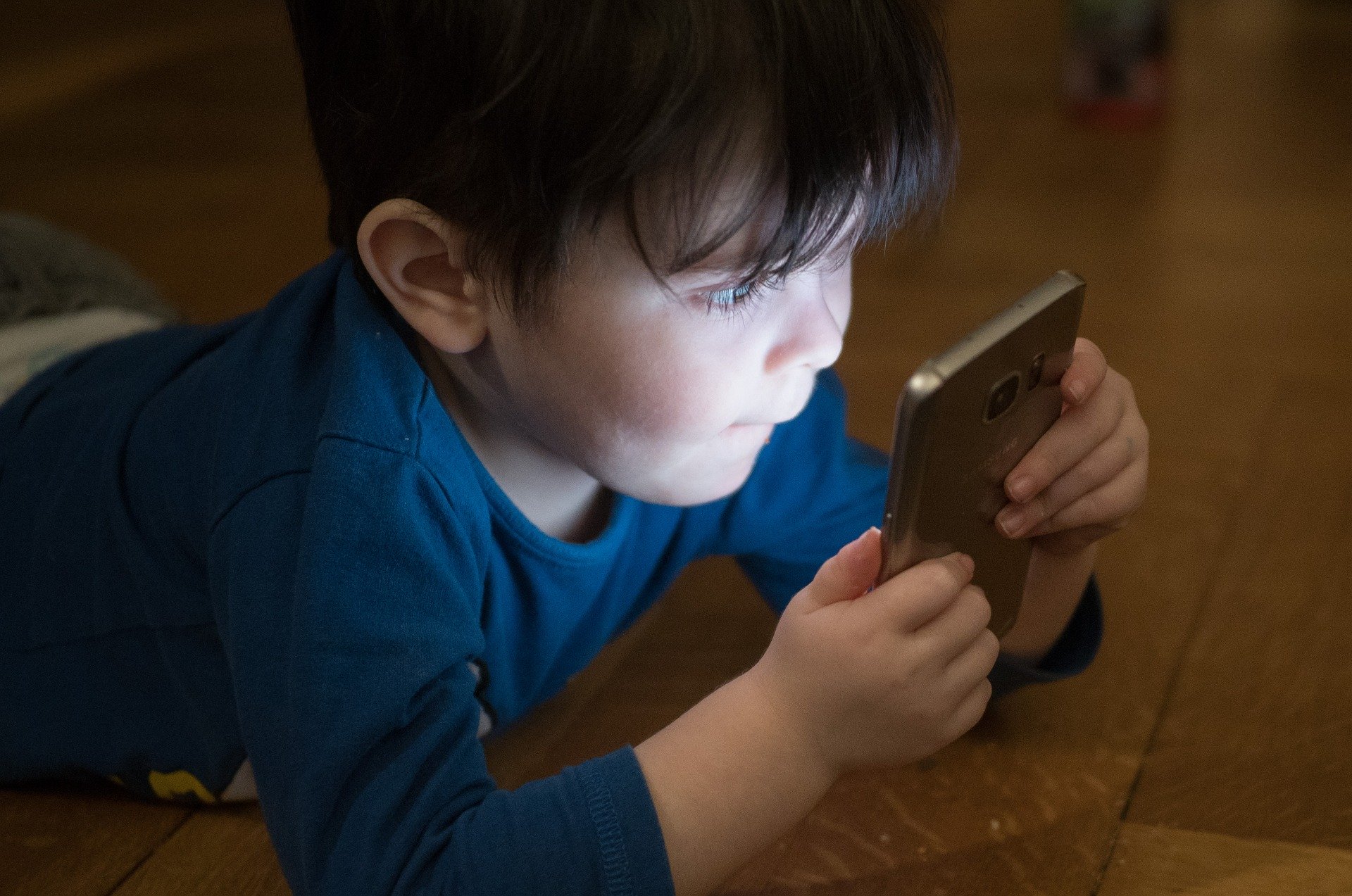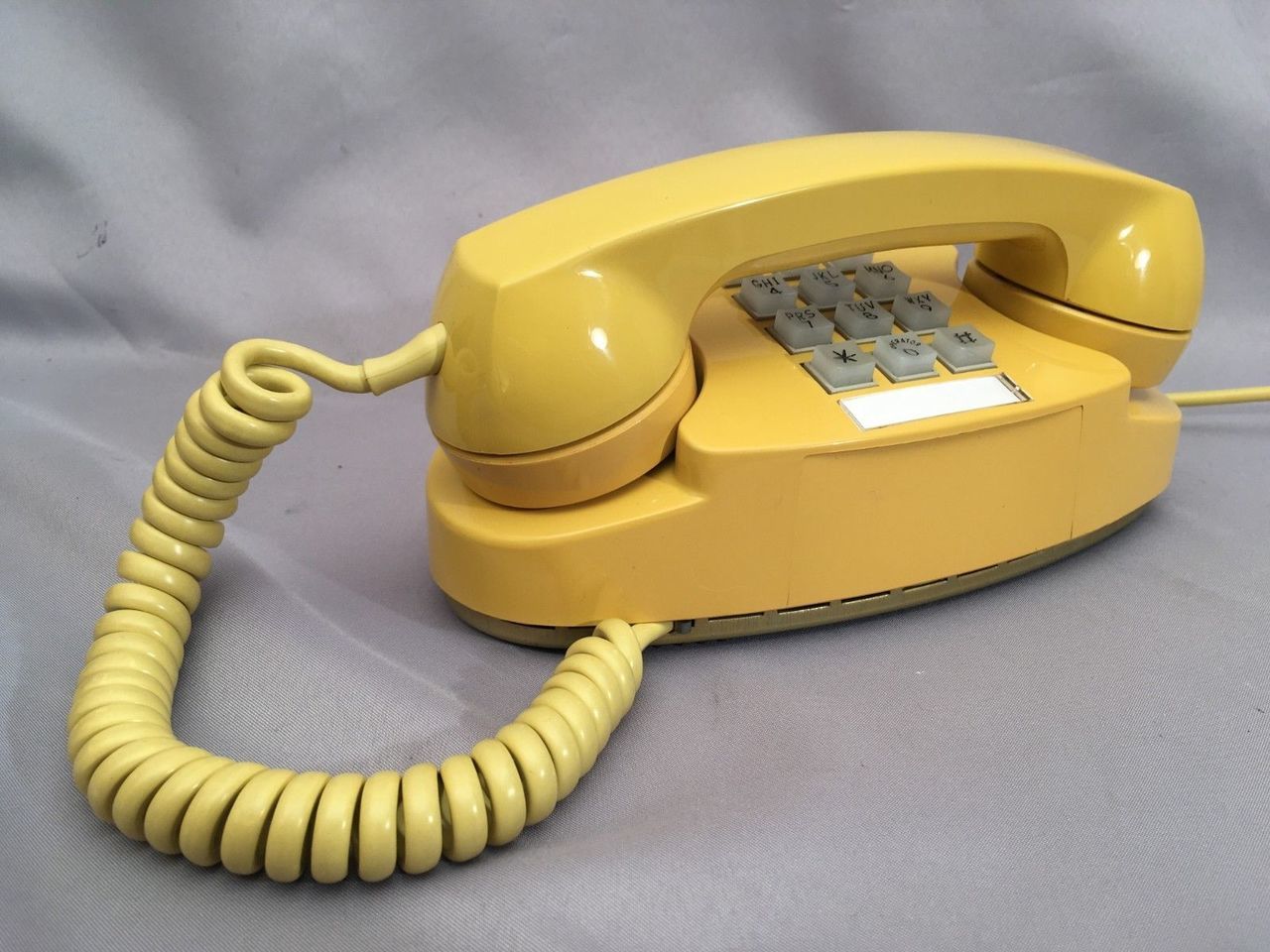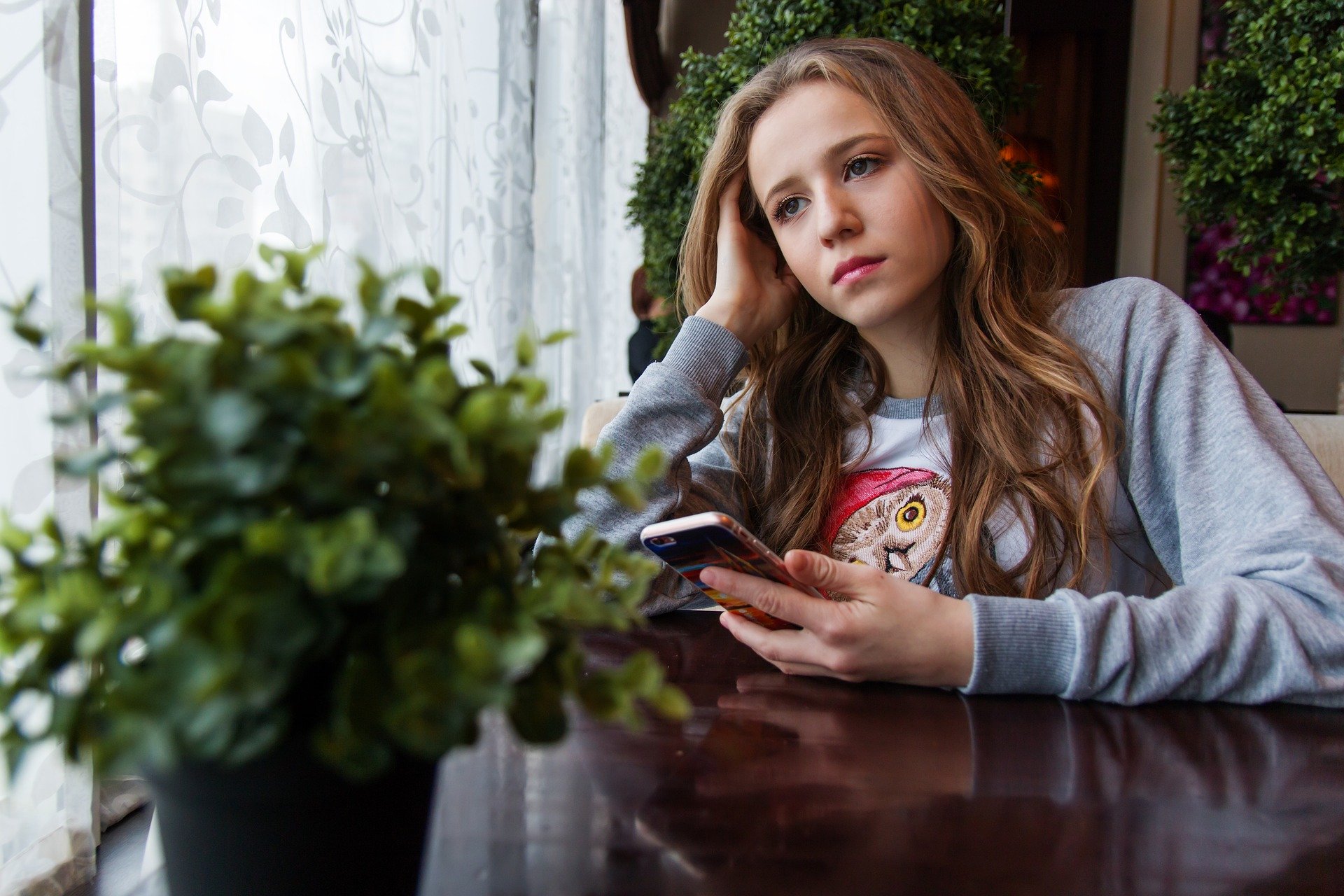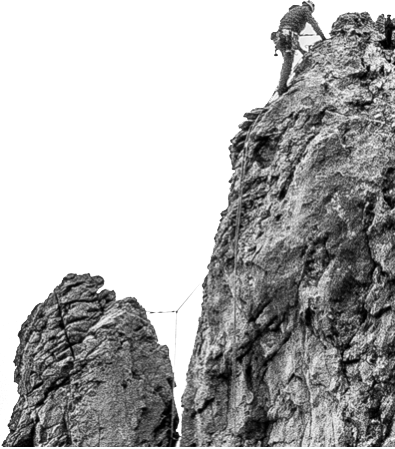The increasing development of technology has become a basic element in our civilization. Technology is essential for the progress of modern society and has provided man with mass production, efficient and widespread distribution of good and services, and thus a considerable degree of material well-being. Traditional humanism emphasizes a broader educational background, moral and social values, and the uniqueness of the individual. Both components are necessary for the development of the individual and society, but the humanistic orientation must play a dominant role in relation to technology. The reverse relationship would weaken the psychic development of the individual and consequently diminish the potentials of society. Technology increases rather than minimizes the potentiality for both individual and group psychopathology.
—Dabrowski, 2017, p. 124
The advent of the smartphone in 2007 changed our lives profoundly. We can now be constantly connected, constantly entertained—and constantly anticipating our next notification. Modern communications technology provides benefits, but it also has costs that are coming into focus.
It was in a discussion of constant connection last summer that I met Anya Pechko. A native of St. Petersburg, Russia who moved to the United States at age twelve in 1988, Anya runs a coaching practice in New York City for families striving to address their digital addiction. She is also the founder of Project Be, an organization which helps individuals and families change their relationships with technology by building strong social connections in the real world.
And she’s sounding the alarm. “Our brains are atrophying,” she told me when we spoke.
We’ve Forgotten How to Be—and It’s Hurting Us
Scientific data on the impact on our wellbeing of modern communications technology (hereafter simply “technology”) has started to come in, and it’s raising red flags. “Technology, because of how it’s built, floods our brains with dopamine, and dopamine ages our brain,” Anya told me. “That’s what the initial research is showing in initial brain scans.” She first heard this concern raised by a psychologist who works on online addiction and has studied the effects of dopamine in Parkinson’s and Alzheimer’s diseases as well as alcoholism.
Though she’s also concerned about adults, Anya is most alarmed about the impact of technology on children, whose developing brains are more vulnerable to harm. In one study published in 2018 by the National Institutes of Health, researchers found that the lining of the cortex is thinner in the brains of children who have been heavily exposed to screens. A similar study conducted at Cincinnati Children’s Hospital Medical Center in 2019 found differences “in parts of the brain that support language and self-regulation.” As the linked Cincinnati Enquirer article adds, other studies have found that screen time affects attention spans in preschoolers, delays in expressive language in 18-month-olds, and affects how a child performs on developmental testing.

Teenagers are also vulnerable. Jean Twenge, author of iGen, has data that shows an increase in teenage depression and suicide that coincides with the introduction of the smartphone.
“My colleagues are saying, ‘Let’s just talk about how good tech is and how we have to live with it.’ But when it comes to children and their brains, which don’t develop until twenty-five, this is really, really bad,” Anya said.
Anya’s own Mac drove home the depth of the problem to her when it invited her to update to the new Catalina iOS software. “Catalina—that’s beautiful, right? So I downloaded it,” she explained. As she did so, it told her all about the wonderful new things it offers: “Best photography, best podcasts, best music, best apps, best video, best music program—there’s like thirty things. You can basically live in a chair. At the end in tiny font it says, ‘Don’t forget to spend some time with your family and go outside.’”
This is where technology has brought us. It’s given us many good things, from connecting us with far-off friends to revolutionizing medical care, as Anya acknowledged. “But the flip side to that, which we all suffer from, is that it takes away our human capacity to connect to one another in real time.”
Indeed, we are forgetting how to just be.
Reclaiming Your Time
As more and more of us are recognizing, when the computer needs to remind us not to spend our entire lives in front of it, we have a problem. But it’s one thing to acknowledge the problem; it’s quite another to know how to solve it and to develop the ability to put that plan into action. Some tech companies and independent tech developers are trying to fight fire with fire by creating apps intended to help you limit your use of addictive technologies.
Anya considered this approach misguided. “The way to address this thing is not with downloading more apps! That’s an oxymoron,” she said.
The way to address this thing is not with downloading more apps! That’s an oxymoron.
Anya Pechko
So what do we do? This is where Anya is trying to step in. As a digital wellness expert, she works with families who recognize the problem but don’t know what to do about it. Her clients, in her words, “are accomplished and successful, and are all interested in changing their lifestyle which currently revolves around their phones—particularly since they’re seeing the addictive nature of it on their children.”
At the heart of the problem, as she sees it, is a lack of ability to properly understand or experience boredom. “Life is not an endless dopamine-fueled experience,” she said. “Everything now is ‘instant,’ but just on our phones. Which is why, I think, we are spinning out of control with a dangerous rise in mental illness, the opioid crisis, and self-harm among our youth today.
“I think what gives me a unique perspective is the fact that I grew up in the former Soviet Union with literally zero tech,” she added. “We had to find things to do and invent ways to entertain ourselves as children. I consider myself a pretty creative person; I think a lot of that comes from ‘old-fashioned’ stimuli versus mindless onscreen entertainment.”
And what boredom really entails, Anya said, is a space to look within ourselves and create: “It’s a space where you find your own presence, creativity, your own voice and wisdom, where invention strives, where colors live and where happiness is created from within.” We never have to be quiet; we are never just with ourselves—or with those immediately around us—when our smartphone is always within reach.
[Boredom is] a space where you find your own presence, creativity, your own voice and wisdom, where invention strives, where colors live and where happiness is created from within.Anya Pechko
So Anya helps people wean themselves off their smartphones. “What I do is I help people gain their time back,” she explained. According to Adam Alter in his book Irresistible [Library/Barnes & Noble/Sponsored Amazon], in an average lifetime, we give eleven years to our phones. This corresponds to usage of about six to seven hours a day.
The way she tackles this is simple: she measures. And then she asks her clients, “If you’re at six hours a day, where do you want to be? What would you do with those hours? Invent? Write? Create? Connect in real life?”
Setting that goal is an essential first step, but the real work is what comes after. “This is a real addiction, so I’m like a recovery coach. But it’s not like drugs and alcohol, it’s more like food: you need modified use. You need to understand and limit your use in the first couple weeks. Then you slowly put things back, once you have set up healthy practices.” A bedtime routine without screens or a rule barring phones from the dinner table are some common examples, though they will vary depending on the clients’ specific goals. “I tailor programs for each particular family,” Anya explained.
And that’s when the need to experience boredom becomes clear. You see, her clients do not know what to do with themselves when their devices are taken away.
“Children can’t be on their iPad when they get home from school, so you have to give them something else to do,” Anya said. They haven’t lived in a world where they had to figure that out for themselves, and the things their parents did as children may no longer be readily available.
She relayed the story of a child she works with who wanted to get a dog. Anya asked the girl, who was nine, if she’d ever so much as been outside by herself. It turned out that she had not. “At nine, I’d taken transport by myself, in Russia, in the city,” Anya noted.

One key hurdle she noted is that parents are generally working on their own struggles with unhealthy tech habits while they’re also trying to help their children. “I recommend coaches because if it’s the mom or the dad, that puts a lot of pressure on that person, because everybody is attached,” said Anya. “The outside help really works.” Individuals are 65% more likely to meet a goal if we commit to another person, rising to 95% when regular check-ins follow that commitment, according to the American Society for Training and Development. Whereas, as Anya noted, “an app is not going to keep you accountable.” (“What’s the difference between FaceTime and real face time? It’s dopamine vs. oxytocin,” she added. Oxytocin is a hormone responsible for social bonding and that can help reduce feelings of fear and anxiety. It’s not one whose excess we generally hear people lamenting.)
Hiring a coach, of course, is only an option for wealthy clients, so Anya is trying to find ways to make means of fighting digital addiction more widely available. After working with a consulting firm to determine the best way to do so, she’s begun developing a course on the platform Teachable.com. The planned eight-part class will help individuals understand the issues and implement wise choices in their own lives. It is on track to go live around February 2020, and will have a price point that is affordable to the middle class.
Positive Maladjustment to Technology
There are also simple choices one can make on one’s own or with friends, without professional support. Anya has put many of these into practice in her own life as she seeks to practice what she preaches. She keeps only essential apps on her phone: in her case, Uber, a weather app, Audible, and a podcast program. She also has Twitter, but she turned off its notifications.
“I don’t have any notifications on my phone, so I’m not expecting it to light up,” she said. This short-circuits the most obvious features designed by Silicon Valley to manipulate our dopamine and ensure we’re glued to our phones as much as possible.
It struck me that sitting beside a phone without notifications is something like sitting next to a pre-cellular phone. They just sat on our desks, and we picked them up when we needed them. Though teenage big sisters may have been notorious for tying up the phone line back in the day, no one with a touch-tone phone ever felt compelled to pick it up and check it repeatedly.

And when we make these choices, others notice and respond. In Anya’s case, it was her eleven-year-old Italian greyhound, Eva, who showed her the value of being present. Eva is a highly anxious dog, and it used to be very difficult to take her for walks. Anya practically had to drag her, or resort to driving her if they really had somewhere to be.
But then she made a change: “About eight months ago, when I started detaching myself, I just left my phone at home for these small periods [when we went for walks]. Before, she wouldn’t walk. I dragged her around with my phone in my face. But now, I didn’t have my phone—so I started paying attention to her. And I have a different dog now. She would always look to me for comfort, to see that I’m there with her, and I was always on the phone. And so she couldn’t do it. Now if we walk, she looks up, and I meet her gaze and I’m like, ‘Hi!’ And I have a different animal.”
The lesson Eva the greyhound taught extends to children, too. “Kids have to fight for the attention of a parent because we’re so distracted,” said Anya.
All of this brings to mind a concept that’s key to Kazimierz Dabrowski’s theory of positive disintegration: that of positive maladjustment, or the state of being maladjusted to an unhealthy society.
Anya happened already to be a fan of the theory of positive disintegration when I first encountered her. When I asked her if she thought it related to her work as a digital coach, she said she hadn’t really thought of it that way. Rather, TPD was more about the story of her own life. “I shared this theory with a lot of people,” she told me, “and read it over and over again myself, and listen, disintegration and introspection take a lot of balls. You can’t be getting participation trophies and expect to make this transition. It just doesn’t work.”
And yet, in her study of Kazimierz Dabrowski’s theory, she still found plenty that brought her back to her core concern: the need to just be.
“I found an old video of Dabrowski,” she told me. “In that interview, the moderator asked him a question. And he sits there for like five minutes and thinks about the answer. Which is what thinking is! We don’t do that anymore. We want the answer right away.
[H]e sits there for like five minutes and thinks about the answer. Which is what thinking is! We don’t do that anymore. We want the answer right away.Anya Pechko
“I’ve been listening to podcasts and I really love it,” she continued. “Sometimes they have these amazing people—and sometimes [those amazing people] say really stupid things. I know they’re going to listen and regret saying it.” The high-speed pace of information creation and sharing, she suggested, threatens our cognitive ability to think critically—because deep thinking takes time.
It might even require that, sometimes, we get a little bored.




